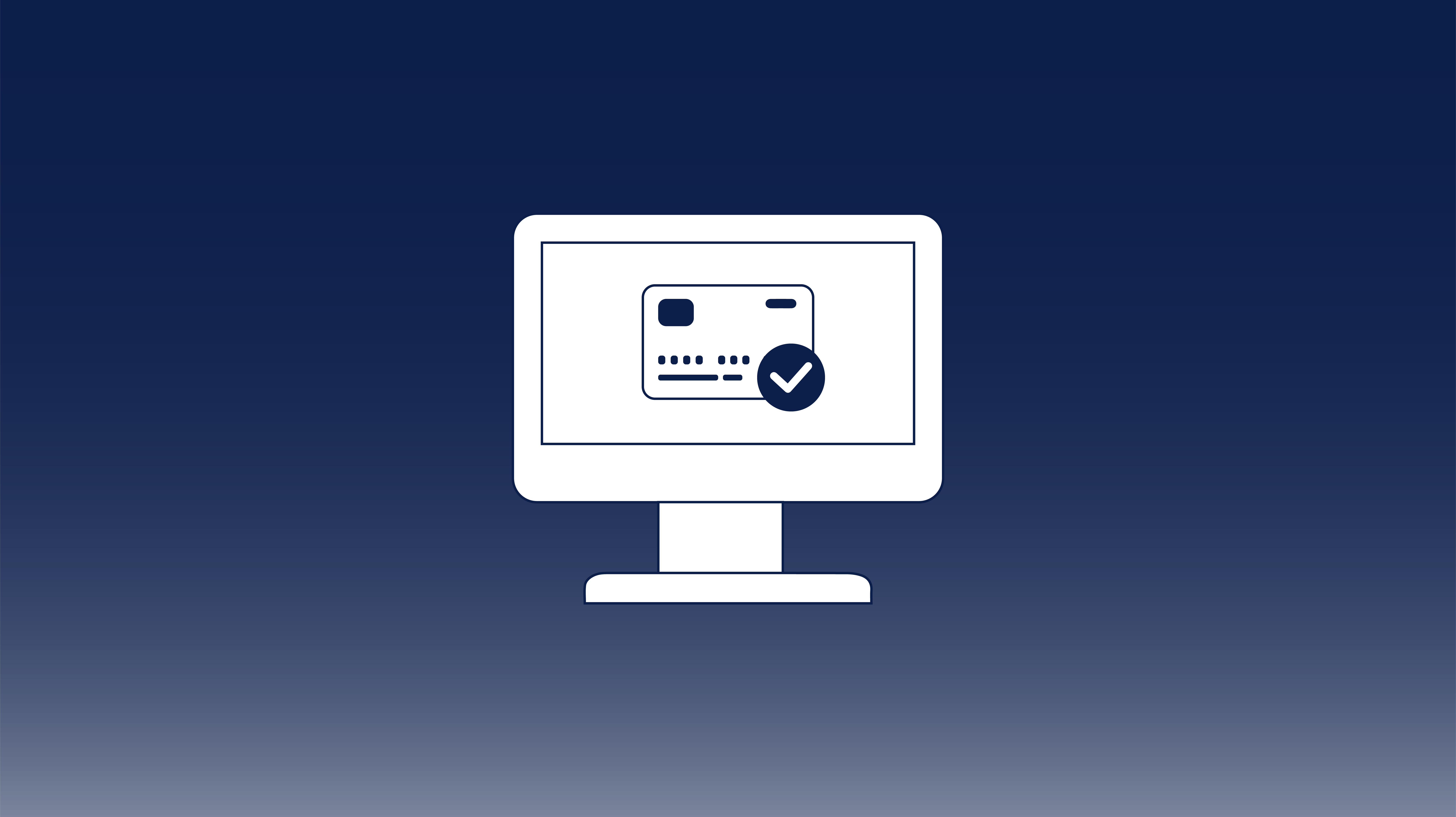Automated Accounts Receivable Programs: Cutting DSO by 30% in Six Months
In today’s economy, speed to cash is as important as speed to market. Companies that let receivables linger for 60, 75, or even 90 days are putting...

Managing accounts payable (AP) is one of the most critical yet complex tasks for businesses, regardless of their size or industry. For many companies, particularly those that still rely on manual systems, the process is often time-consuming and fraught with inefficiencies. Employees must manually enter invoices, track payments across different platforms, and coordinate approvals between multiple departments or teams.
For business leaders, this manual approach to AP often results in wasted time, a higher risk of discrepancies, and limited visibility into important financial data. As a business grows, the challenges associated with managing AP tasks manually become even more significant, creating operational roadblocks that hinder growth and productivity.
While finding solutions to these issues may seem overwhelming, leveraging best practices in process automation can simplify the process. The answer lies in centralizing AP processes through automation, which brings a level of control, consistency, and efficiency that manual systems simply can't offer.
By centralizing your accounts payable processes through automation, your business can eliminate the need for disparate manual systems. With all invoices, payments, records, and receipts managed from a single, unified digital platform, businesses can streamline their financial workflows and improve operational efficiency. That said, whether your business operates from a single location or across multiple locations, the centralization of AP processes provides several key benefits that are crucial for growth, consistency, and better financial management.
One of the primary benefits of centralizing AP processes through automation is the consistency it brings across your business operations. When your AP tasks are automated and managed on a single platform, every department, location, or team operates under the same standardized workflow.
For example, a decentralized AP system, where different departments or locations use different methods to process invoices, can lead to inconsistencies in how payments are made, invoices are tracked, or approvals are secured. This can cause confusion, errors, and delays, ultimately impacting the business's ability to maintain accurate financial records and pay vendors on time. By centralizing AP processes, you create uniformity and reduce the risk of human error, which contributes to more accurate financial reporting and smoother operations.
Another major advantage of centralizing AP processes is the ability to gain real-time visibility into your business's financial data. With a single platform, employees across the organization can access a unified dashboard that aggregates financial information from all locations or departments. With a centralized view, it’s much easier for your team to monitor cash flow, track invoices and payments, and identify potential issues across your business.
For example, business managers can easily spot overdue invoices, track pending payments, and monitor trends in spending across locations. Having access to this up-to-date information enables quicker decision-making and proactive steps to resolve any issues before they escalate, especially regarding invoices and payment. Whether your business operates in a single location or multiple regions, centralizing your AP processes provides better visibility, enabling you to act quickly to resolve discrepancies, identify areas for cost savings, and optimize overall financial management.
Centralizing your AP processes also provides greater control over financial activities. With all AP tasks managed through a single platform, it's easier to enforce internal controls, security protocols, and compliance requirements. Your financial team can monitor payment approvals, vendor relationships, and payment schedules, ensuring everything runs according to plan.
Additionally, centralized control through an automation platform helps reduce the risk of fraud and errors. Automated systems track every invoice, payment, and approval step, creating an audit trail that ensures transparency and accountability. By eliminating the reliance on paper-based systems or disparate software tools, you ensure that all financial activities are monitored in real time, allowing for tighter security and better control over the AP process.
As your business grows, so does the complexity of managing accounts payable. Whether you're expanding to new locations, introducing new products, or increasing transaction volumes, your AP system must be able to handle more complexity without breaking down or introducing errors. This is where centralized AP automation shines.
By automating and centralizing your AP processes, you ensure that your system can scale with your business. As you open new locations or expand your operations, you can easily integrate them into your existing system. With centralized AP automation, new locations don’t require additional manual interventions or resources, making the growth process smoother and more efficient.
Overall, centralized AP systems are inherently flexible and can adapt to changes in business needs, ensuring that the system remains efficient even as transaction volumes increase. Whether you’re scaling regionally or nationally, centralizing your AP processes ensures that you maintain consistent financial practices across all locations—without disrupting existing operations.
For businesses to fully optimize their AP operations, integrating their AP automation solution with other essential systems—such as an ERP, accounting software, or CRM—is crucial. Integration allows for the seamless flow of data between systems, eliminating the need for duplicate data entry and reducing the likelihood of errors.
By integrating AP automation with your other business systems, you ensure that all financial information is consistent and up to date across platforms. For example, integrating with an ERP system that tracks inventory and sales data allows for automatic invoice generation, which reduces the chance of mistakes and ensures timely payments.
An integrated system also provides real-time financial insights, making it easier for managers to track cash flow, manage expenses, and make data-driven decisions. Additionally, accurate data integration ensures that payments are made on time and that cash flow is optimized, helping your business maintain strong vendor relationships and avoid late fees or penalties.
When your AP automation solution doesn’t integrate with your other business systems, it creates significant challenges. Employees are forced to enter data manually into both systems, increasing the chances of invoice errors, payment mistakes, and discrepancies. The process becomes fragmented and disjointed, as staff are forced to switch between multiple platforms, which slows down the entire workflow and increases manual tasks.
Without integration, financial data may become outdated or incomplete, leaving your managers with inaccurate information to make decisions. This can lead to missed payments, late fees, and strained relationships with vendors. Additionally, maintaining separate systems without integration increases administrative overhead, as your AP team will need additional resources to reconcile data manually or invest in custom solutions to connect systems.
Failing to centralize AP processes and relying on manual data entry results in several operational challenges that can negatively impact your business:
Without automation, different departments or locations may use inconsistent methods to handle AP tasks. This inconsistency leads to discrepancies in invoice processing, missed payments, or duplicate entries. These errors not only cause confusion but can also result in delayed payments, strained vendor relationships, and inaccurate financial reporting.
Businesses that don't centralize their AP processes struggle to get a clear, real-time overview of their financial status. Managers may find it difficult to track spending, monitor cash flow, and make informed decisions across different departments or locations. This lack of visibility can lead to poor financial management and missed opportunities for cost savings.
When each department handles AP tasks manually, the process becomes slow and prone to bottlenecks, highlighting the need for automation tools. Staff members may spend excessive time processing invoices, approving payments, and reconciling accounts, which diverts their attention from other important tasks and slows down the business’s overall operations.
Without centralized oversight, it's easy to mismanage payments or delay invoices. If payments become consistently late or inaccurate, vendors may lose trust in your company, which can lead to strained relationships, loss of negotiation leverage, and potential disruptions in the supply chain.
Decentralized AP processes can make it difficult to maintain compliance with financial regulations and security standards. Different locations or departments may have varying practices for handling financial data, increasing the risk of fraud, data breaches, or errors in reporting.
As businesses grow, the complexity of managing AP increases. Without centralization, each new location requires additional resources to maintain the AP process, which can hinder the scalability of the business and create unnecessary administrative burdens.
Centralizing your AP processes with automation provides the foundation for streamlining operations and achieving consistent growth. With a centralized, automated AP system, businesses gain greater control, improve operational efficiency, and maintain accurate financial reporting. Automation enables scalability, reduces errors, and enhances financial visibility, ensuring your business can grow without compromising its ability to manage finances effectively.
Ready to transform your AP processes and set your business up for scalable success? Contact CloudX today for a free demo and discover how our automation solutions can help you reduce errors, improve efficiency, and take your financial management to the next level!

In today’s economy, speed to cash is as important as speed to market. Companies that let receivables linger for 60, 75, or even 90 days are putting...

Managing operational costs today often means balancing operational costs against tight margins, making it essential to join a group purchasing...